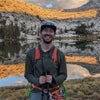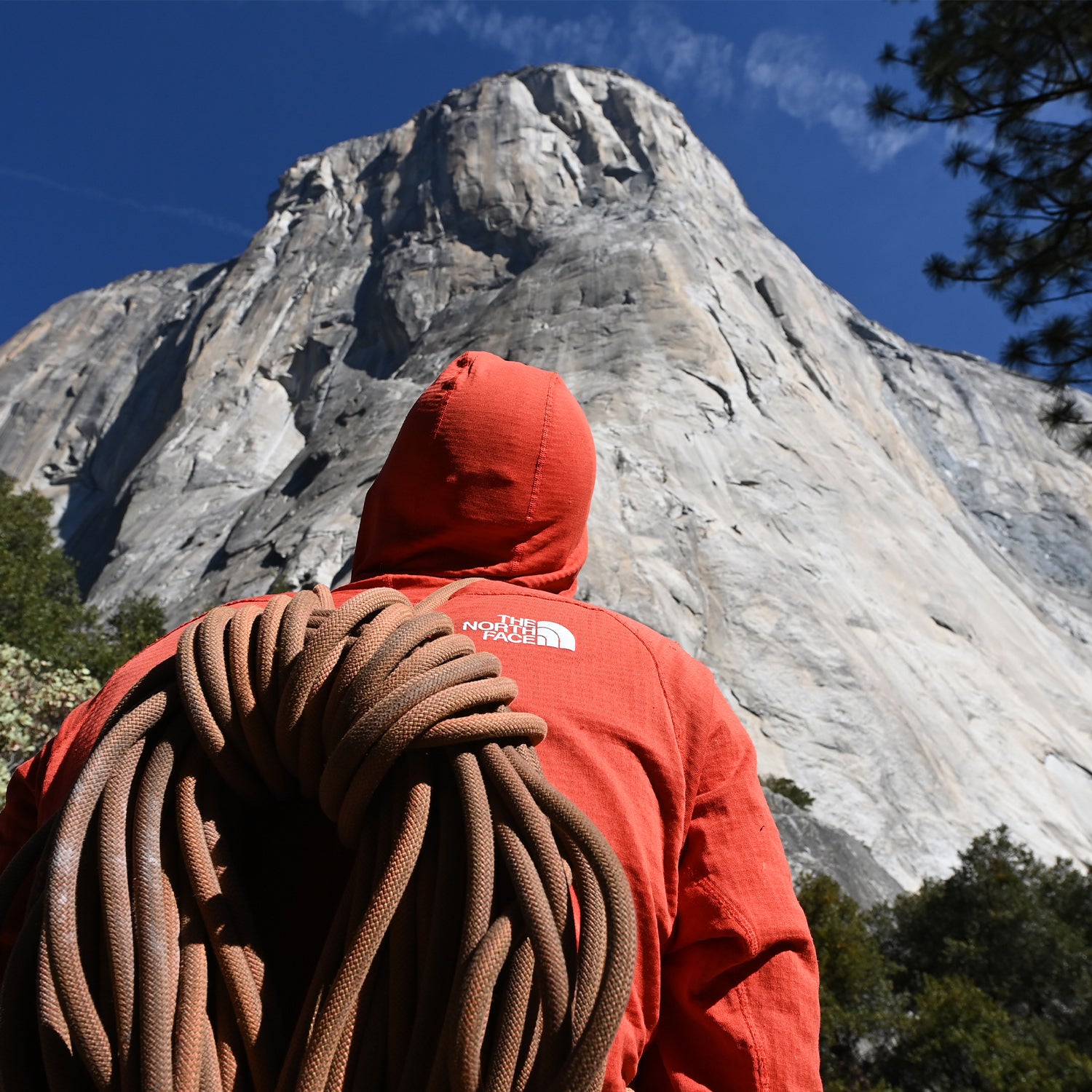The solo speed record on the Salathé Wall, a climbing route on El Capitan in Yosemite National Park, had stood for 10 years. Then, on May 11a climber from Lake Tahoe named Brant Hysell tagged the tree on the summit of the 3,500-foot route to stop the clock at 19 hours and 57 minutes, shaving eight minutes off of the previous fastest time, which had been set in 2013 by filmmaker Cheyne Lempe. You might think that Hysell’s mark would stand another decade, but then Alex Honnold heard about it. On May 23, Honnold returned to the valley and completed the route in a jaw-dropping 11 hours and 18 minutes, cutting more than eight hours off of Hysell’s time.
View this post on Instagram
“I’ve never had the Salathé solo [speed] record,” Honnold the San Francisco Chronicle. “When it was my friend who held it, it would have felt weird to go and dunk on him. But if it’s someone I don’t know, it’s like, game on!”
So, what’s all the fuss about? Why were Hysell and Honnold so set on this record and the route? We have a helpful explainer below to hopefully address all of your questions.
Why Choose This Route?
Even though it lacks the mainstream recognition of The Dawn Wall and The Nose, the Salathé Wall is one of the oldest routes up El Capitan. It was originally established by Yosemite legends , Tom Frost, and Chuck Pratt in 1961. The trio climbed the route in nine-and-a-half days, using only 13 bolts for protection. That style was remarkable for the era, which was characterized by siege tactics like drilling hundreds of bolts into the rock to make upward progress. Warren Harding, by contrast, drilled 300 bolts on his 47-day odyssey climbing the first-ever ascent of El Cap, via a route called The Nose. While The Nose goes up the center prow of El Cap, the Salathé Wall meanders up the east face, taking a 500-foot longer path to the summit. Free climbing The Nose is much more difficult, but if one were to aid climb each route, the Salathé is just as hard.
The Salathé Wall was the first route on El Capitan to be free climbed after Todd Skinner and Paul Piana climbed the entire route without pulling on gear in 1988. Steph Davis made the first female free ascent in 2005.
Just How Difficult is the Salathé Wall?
Done as a free climb, the most difficult sections of the route are rated 5.13b on the Yosemite Decimal System scale. Not only is that out of reach for most climbers, this extremely strenuous stretch of climbing comes at the very top of the route, just a few hundred feet from the summit. Most climbers choose to aid climb much of the Salathé, free climbing the occasional easy pitches and taking an average of three-to-four days to climb the route.
To Honnold, who free soloed vast swaths of terrain on the Salathé Wall and roped up for just the few very difficult sections, the day seemed to be just a good workout.
“There’s nowhere else you can experience the kind of fatigue you feel climbing El Cap in a day,” he said. “It’s a particular kind of fitness you can only gain by climbing Yosemite.”
Free Climbing? Rope Soloing? What Exactly Are We Talking About Here?
Hysell’s ascent of the Salathé was done by himself in a style known as rope-soloing, an arduous and time-intensive mode of climbing. When rope-soloing, climbers will head up the route by themselves, but with ample gear for protection.
Long routes like the Salathé wall are broken up into “pitches,” because the average climbing rope is only about 200 feet long. Climbers will build an anchor at the base of the pitch and then climb it, either by placing and pulling on pieces of protection (this is called aid climbing), by climbing with their hands and feet and placing gear just to protect themselves in case of a fall (free climbing), or by a combination of the two.
Once a climber is done with a given pitch, they’ll rappel back to their original anchor, removing their protection from cracks in the rock on the way down. Then they’ll ascend their rope, or perhaps climb the pitch again with their rope above them for protection. Rinse and repeat every single pitch 35 times on the Salathé Wall. All in all, rope soloing involves climbing an entire feature twice and descending it once. It’s much slower than climbing with a partner. Honnold also owns the overall speed record on the Salathé, which he climbed with the late Sean Leary in 2009 in only four hours and 55 minutes.
But Not Everyone Is as Psyched as Honnold
Brittany Elyse, Hysell’s girlfriend who supported the climber’s bid for the speed record, took to social media on May 27 to complain that Honnold “couldn’t let someone else have attention for more than a week.” She conceded that “Records are meant to be broken, but it’s not cool to go take it from someone, make it unattainable for basically anyone else a week after Brant worked really hard to get the record, and it sat for 10 years with no one interested just because you can.”
Honnold was able to crush Hysell’s speed record in part because he free soloed vast swaths of terrain on the Salathé Wall, roping up just to tackle the hardest bits of the climb.
“I’d love to see how fast he could do salathe if he properly rope soloed it and did all the work that takes,” Elyse said on Instagram.
View this post on Instagram
Why Is This Speed Record Significant to Honnold?
Honnold and his partner, Sanni McCandless, welcomed their second child, Alice, in February, and since then he has stayed close to their home in Las Vegas to climb. In a recent interview with ���ܳٲ������,��Honnold said he was still searching for his next big expedition project, and in the meantime he was climbing just for himself—i.e. not climbing in support of an adventure film or documentary project. In the interview Honnold shot down a few large-scale projects that we proposed: Himalayan mountaineering, Pakistan’s Trango Towers, among others. Instead, he said he wanted to be a dad, enjoy family life, and tackle climbing objectives that presented personal challenges. It sure looks like the Salathé Wall checked those boxes.


